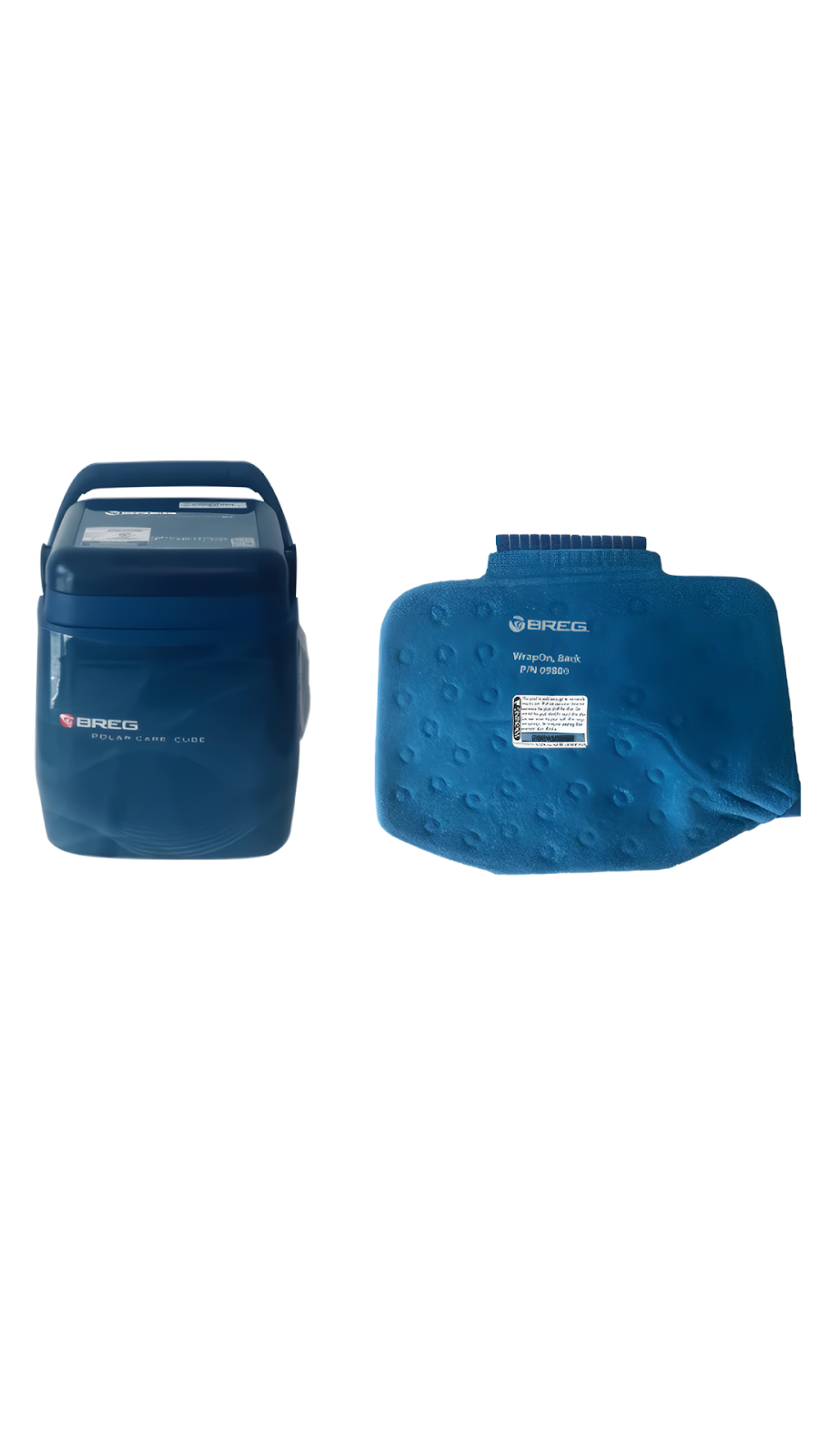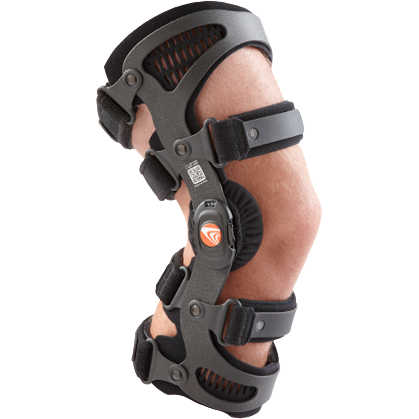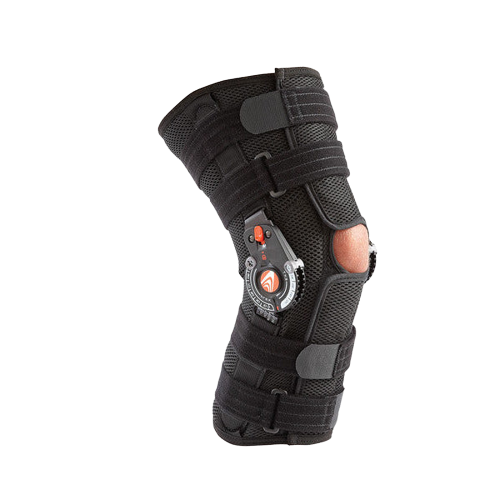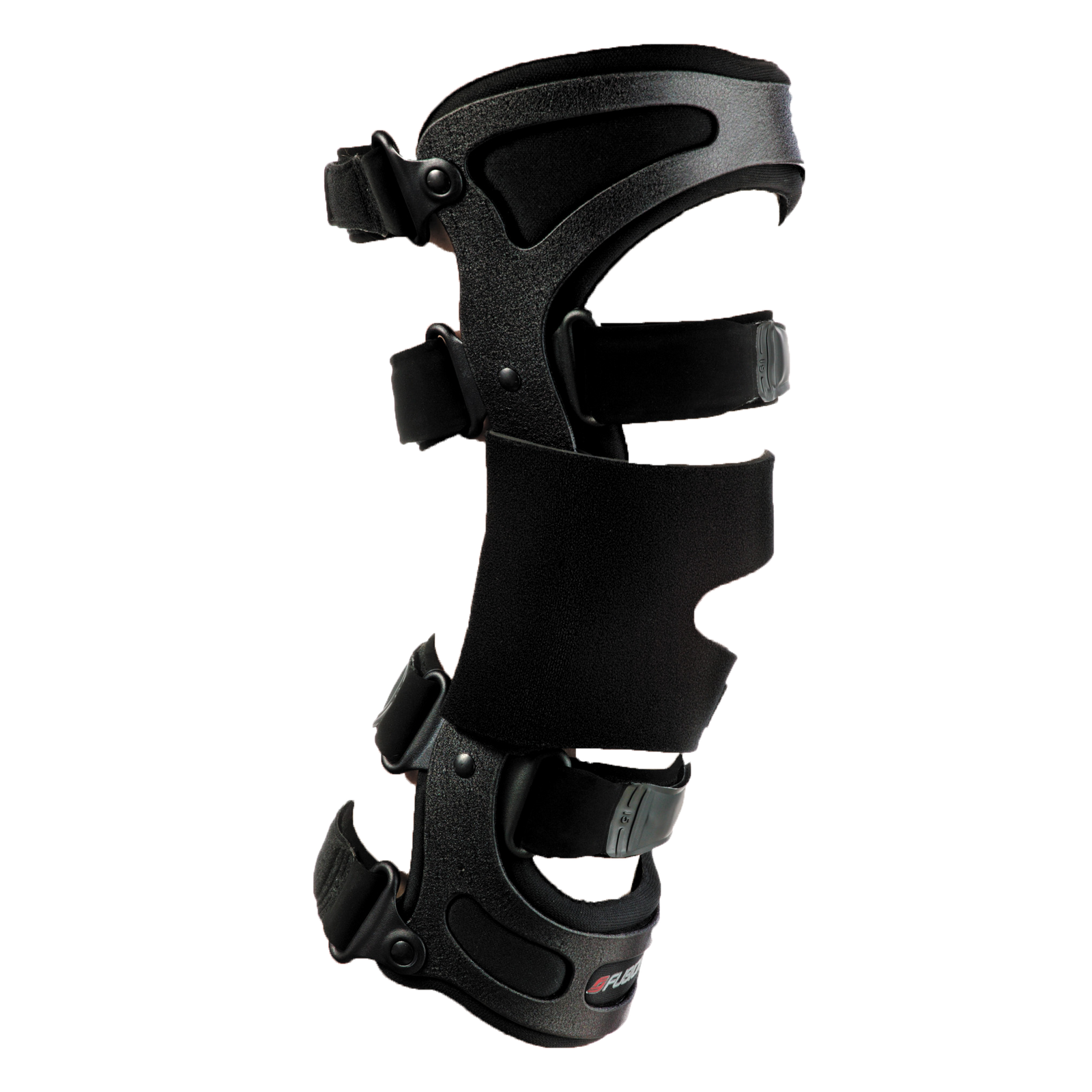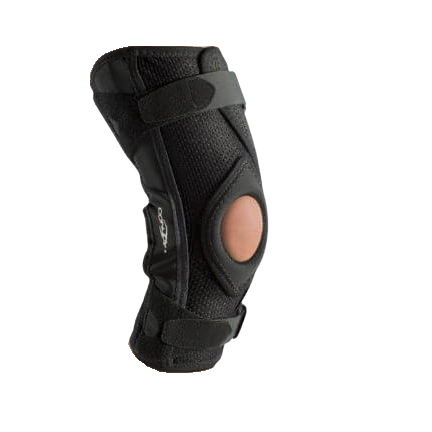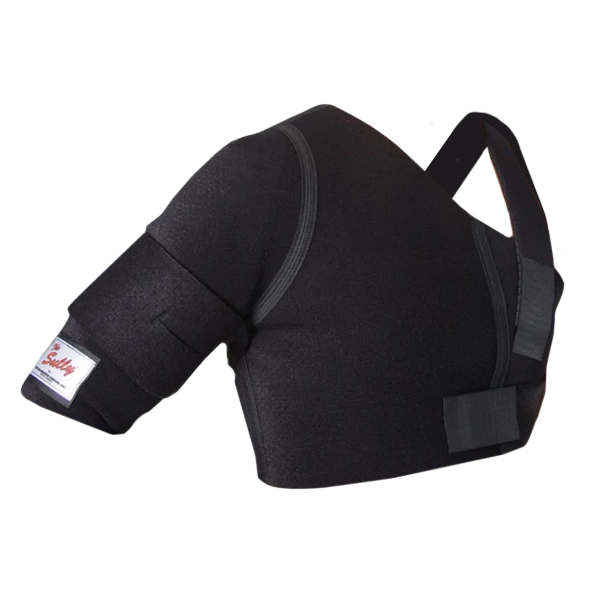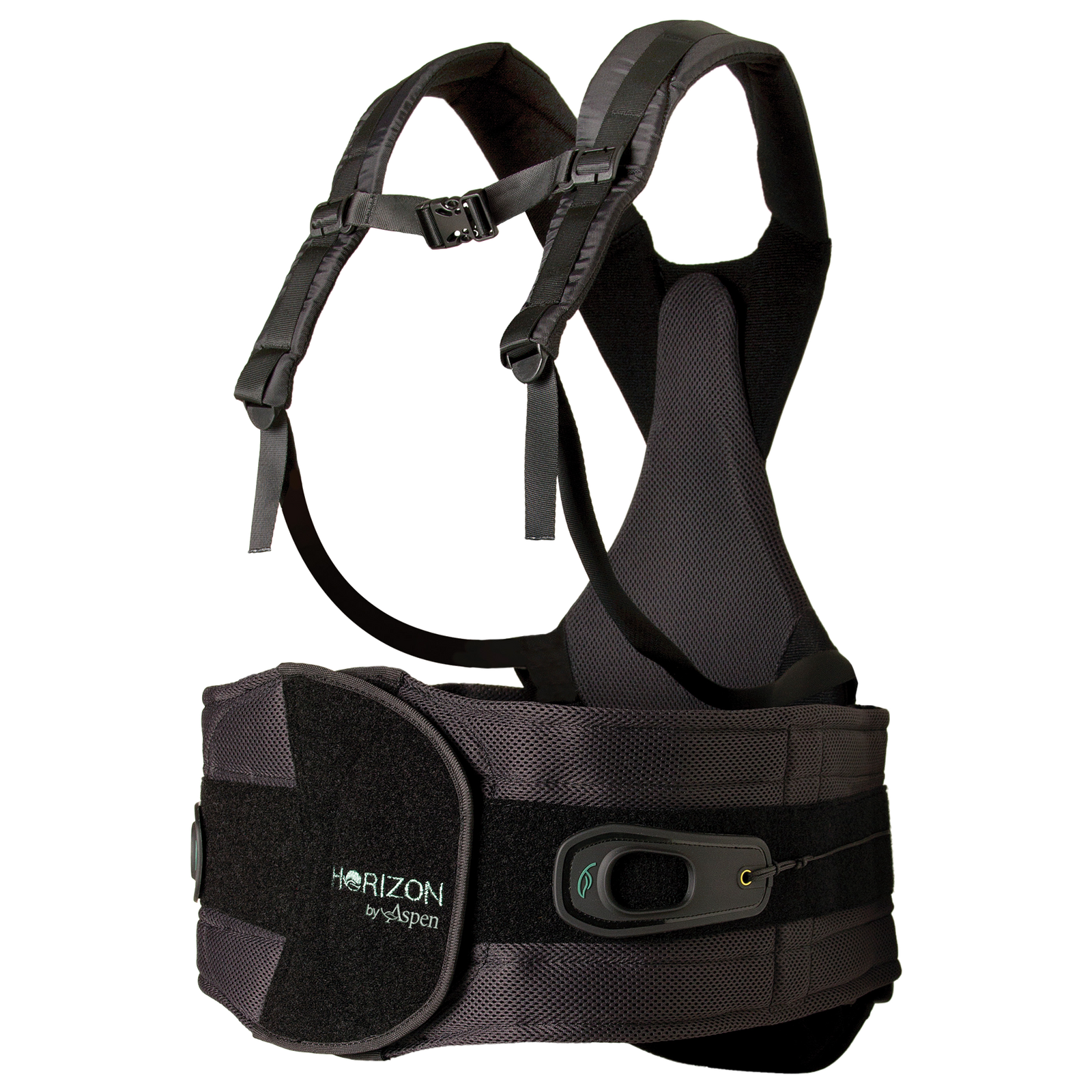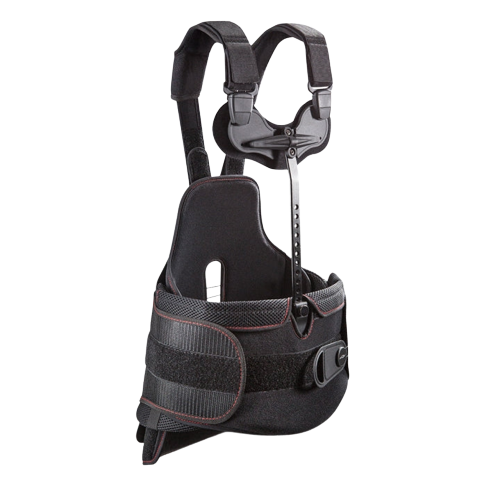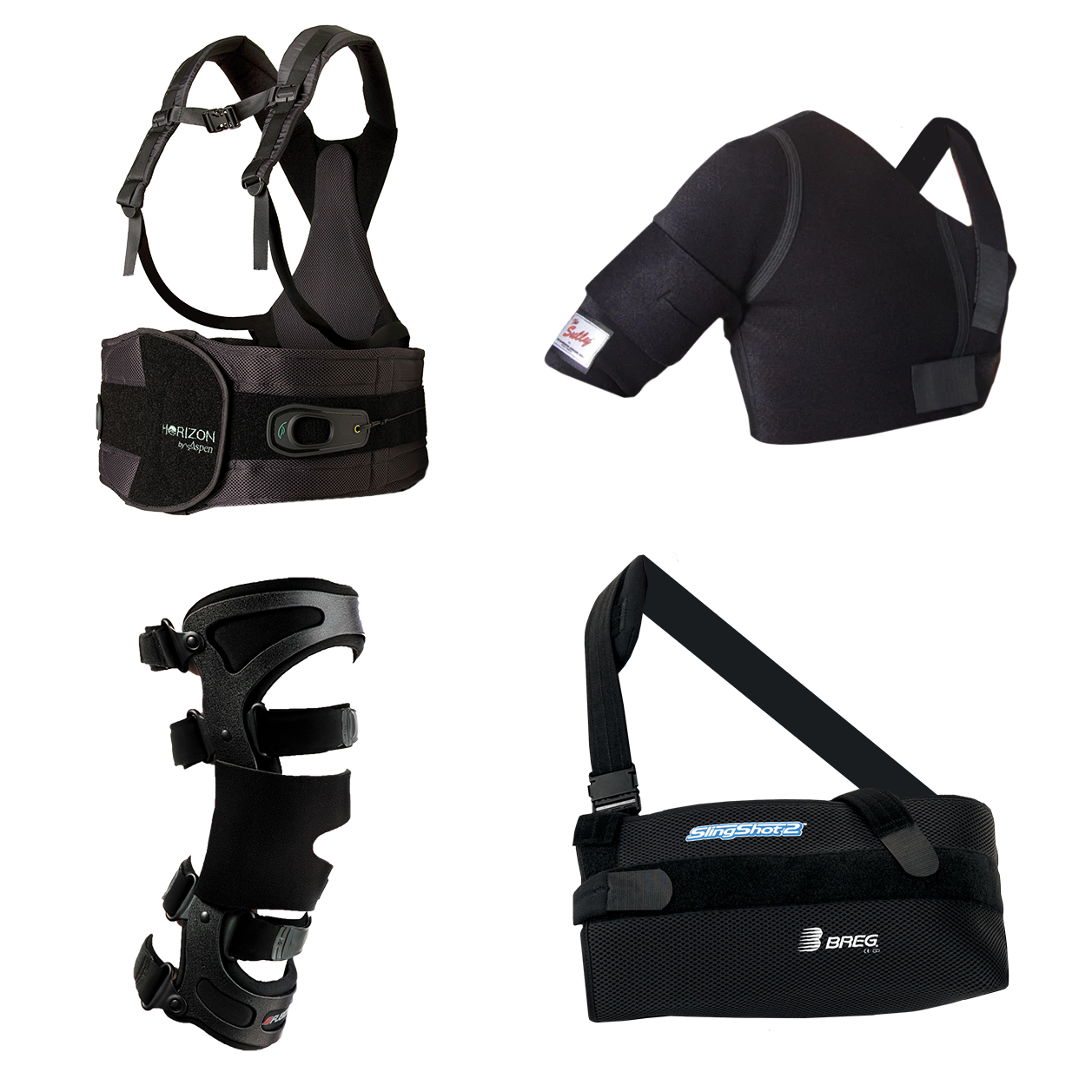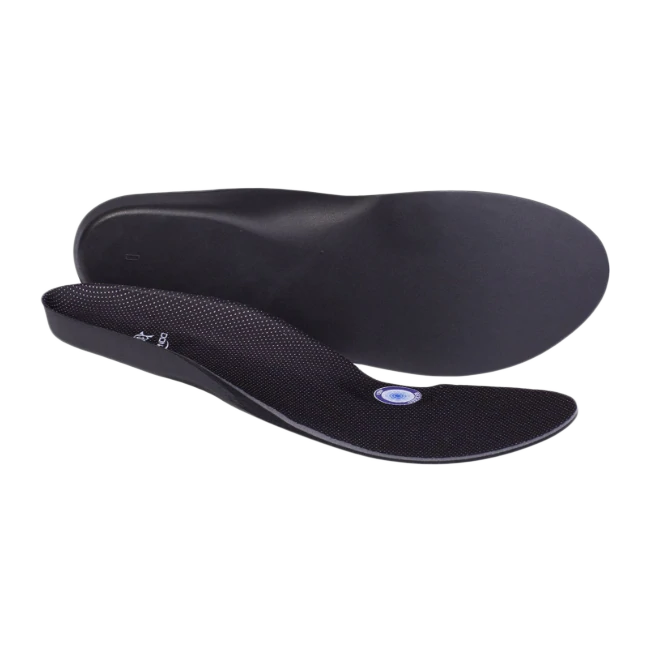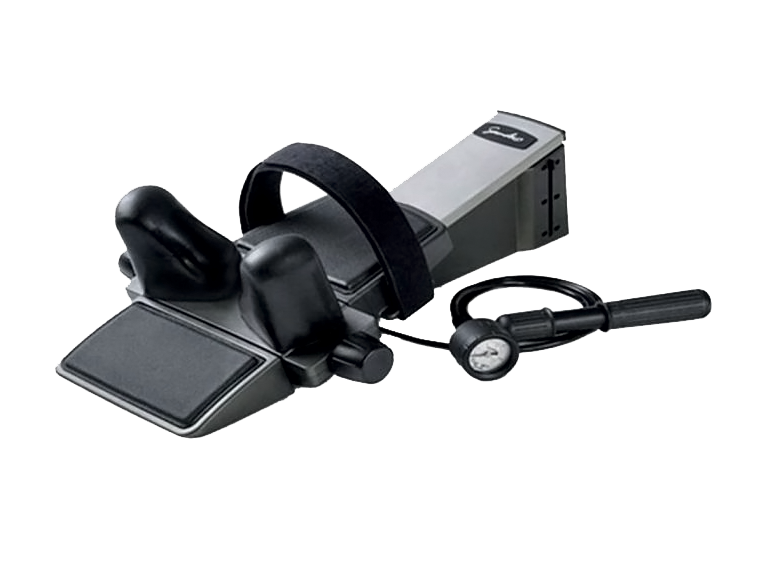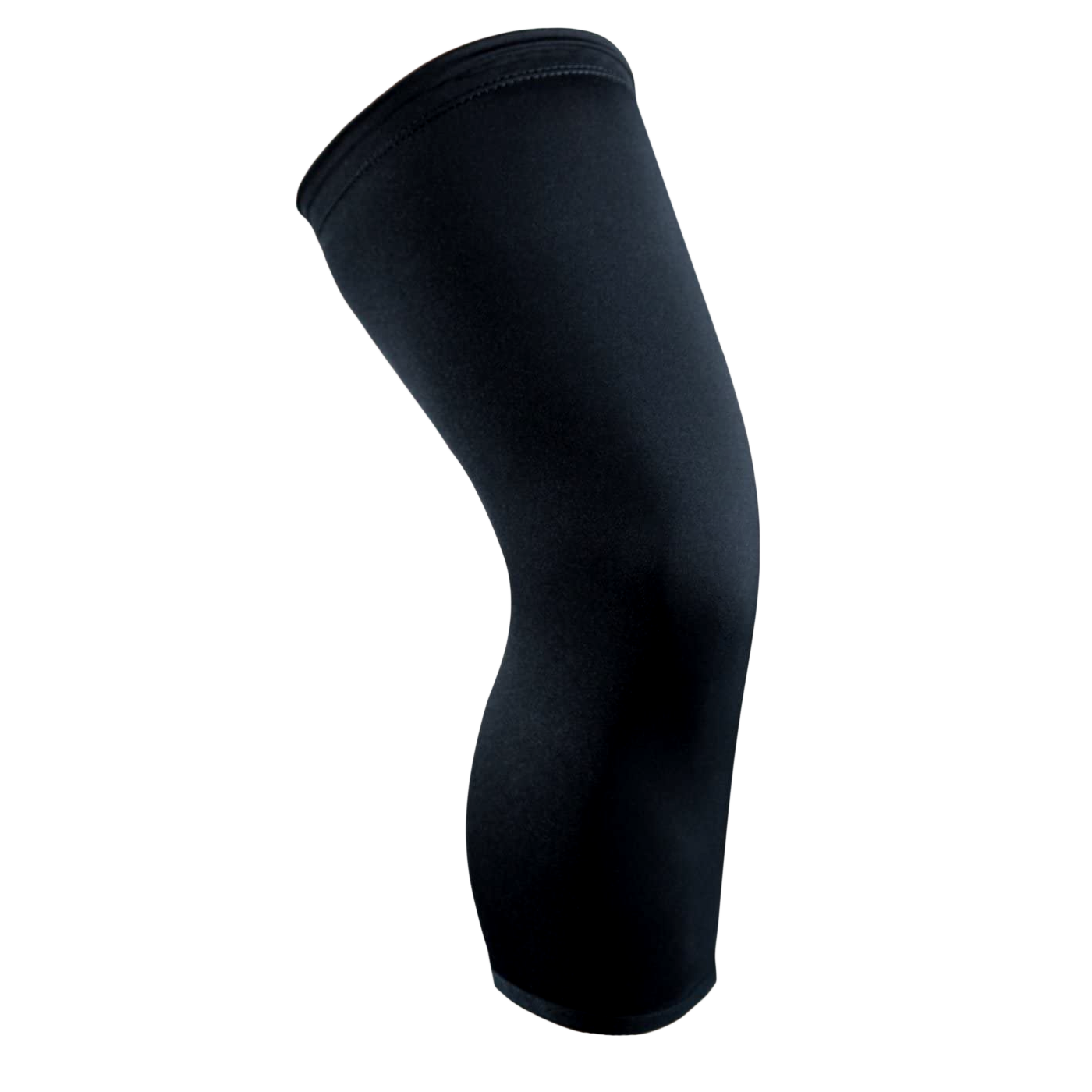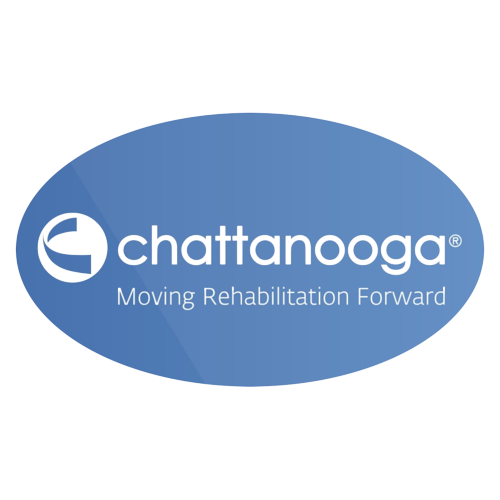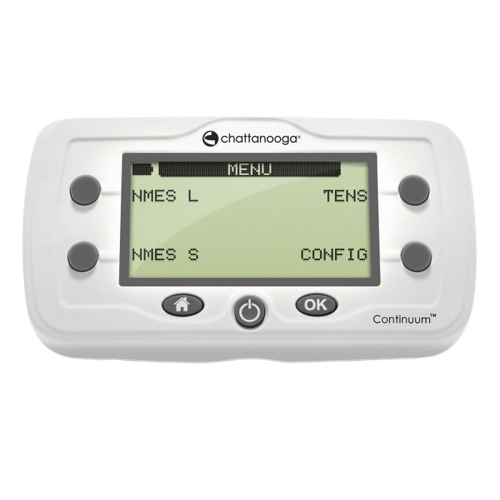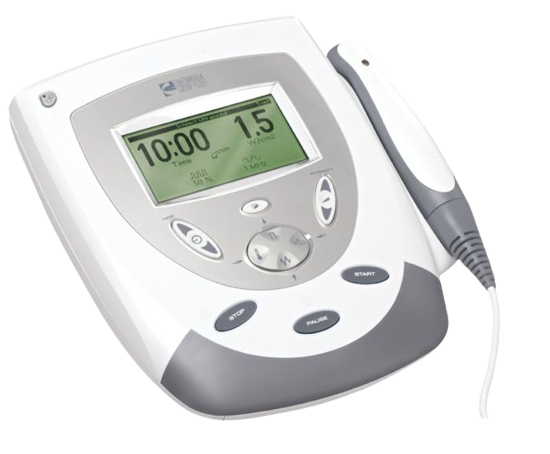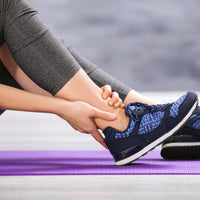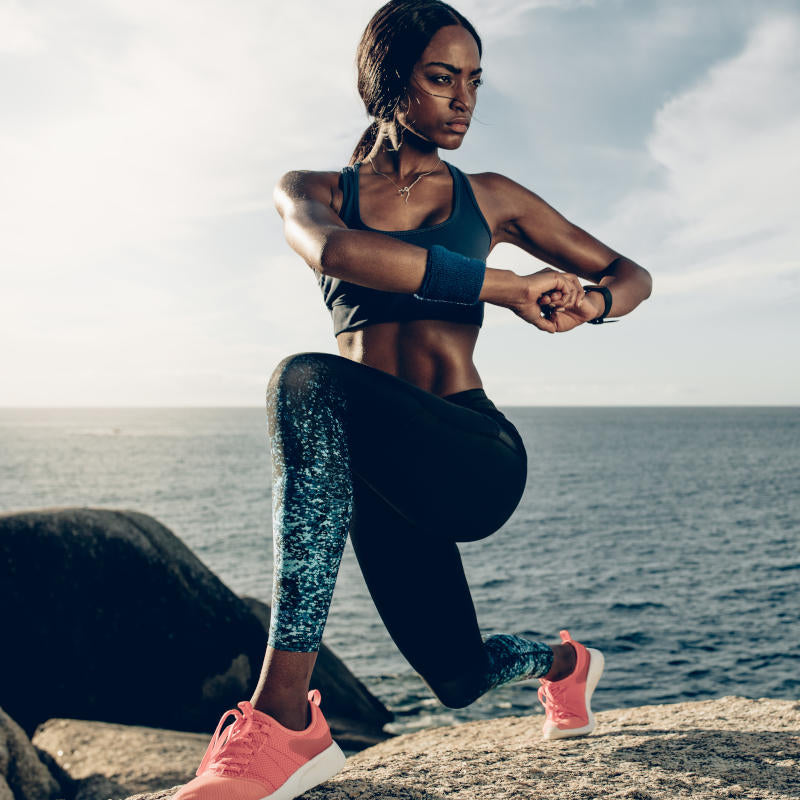
Key Takeaways:
- Personalized Support is Crucial: Select a knee brace based on the severity of your injury, ensuring it provides adequate stability and aligns with your recovery needs. Hinged braces, compression sleeves, and wraparound options each serve unique purposes.
- Proper Fit Enhances Recovery: Accurate measurements, adjustability, and breathable materials ensure your brace offers maximum support, prevents discomfort, and accommodates swelling during recovery.
- Commitment to Maintenance: Regular cleaning, inspection, and proper skin care protect both your knee and the longevity of your brace, ensuring effective, long-term support.
If you've ever experienced a hyperextended knee, you know the physical and emotional toll it takes. The pain, the uncertainty, and the worry that comes with trying to regain strength and mobility can leave you feeling frustrated and stuck. Maybe you've tried to push through, but you realize that your knee needs more than just time to heal—it needs proper support to prevent further injury and to get you back to living your life without constant worry.
Choosing the right knee brace for a hyperextended knee can feel overwhelming, especially when you’re already juggling your recovery. You want to ensure you’re getting the support you need, but you don’t want to waste time or money on a brace that isn’t the right fit.
At OrthoBracing, we understand your struggle and are here to help. This guide is designed to walk you through everything you need about knee braces for hyperextended knees—from understanding your injury to selecting the perfect brace to help you heal and regain your confidence.
Understanding Hyperextension: A Quick Overview
Hyperextension of the knee occurs when the knee joint is extended beyond its normal range of motion, resulting in a stretching or tearing of the ligaments and other structures that support the knee. This condition can be painful and debilitating, affecting one's ability to perform daily activities and participate in sports or exercise. Hyperextension injuries are common among athletes but can also occur due to a fall, a direct blow to the knee, or landing awkwardly after a jump.
Recognizing the symptoms of hyperextension is crucial for timely and effective treatment. These symptoms may include pain, swelling, stiffness, instability of the knee, and an inability to bear weight on the affected leg. In some cases, individuals may also experience a feeling of the knee "giving out" beneath them.
Addressing hyperextension promptly is essential to prevent further injury and facilitate a full recovery. This is where the proper selection and use of a knee brace for hyperextension come into play. The right knee brace can provide the necessary support and stability to the knee, helping to safeguard it from further injury while facilitating the healing process. It can also assist in managing pain and reducing swelling, thereby enhancing overall comfort during the recovery phase.
The Importance Of Knee Braces For Hyperextension
Knee braces are crucial in managing this condition, aiding protection and recovery. Here’s why they’re important and how choosing the right one makes all the difference:
Provides Structural Support
Hyperextension injuries often weaken the joint, making everyday movements like walking, running, or even standing feel unstable. A knee brace provides the external support needed to stabilize the knee joint, reducing stress on the ligaments and preventing further backward movement.
Reduces Pain And Swelling
Many knee braces are designed with compression features that help manage swelling and improve blood circulation. Braces alleviate pain and promote healing in the affected area by reducing inflammation.
Prevents Further Injury
Hyperextension can lead to secondary injuries if the knee remains unprotected, such as damage to the anterior cruciate ligament (ACL) or meniscus. A knee brace protects, ensuring controlled movement and preventing the knee from bending beyond its safe range.
Aids In Rehabilitation
Rehabilitation is critical after hyperextension, and braces are often part of the recovery protocol. They allow you to move while limiting harmful motion, enabling you to strengthen the muscles and ligaments without putting undue strain on the knee.
Improves Confidence During Activities
Hyperextension injuries can make you hesitant to engage in physical activities due to fear of re-injury. Wearing a knee brace provides a sense of security, encouraging you to return to activities like walking, working, or light exercise more confidently.
Key Factors To Consider When Choosing A Knee Brace
When selecting the ideal knee brace for hyperextension, it's crucial to consider several factors to ensure your choice supports your recovery effectively. Hyperextension injuries can be particularly challenging, requiring a brace that provides ample support and stability and aligns with your individual recovery needs. Here are some key factors to keep in mind:
The Severity Of Your Injury
The extent of your knee hyperextension significantly determines the type of brace you'll need. A less restrictive brace may suffice for mild hyperextension, offering support without significantly hindering motion. Conversely, severe injuries might necessitate a more robust brace designed to limit motion to facilitate healing severely. It's essential to consult with a healthcare professional to assess your injury's severity accurately.
Type Of Brace
Knee braces come in various designs, each suited to different stages of recovery and injury types. Hinged knee braces are highly recommended for hyperextension injuries as they closely control the knee's range of motion, preventing further damage. These braces can be adjusted for tightness and how much the knee can bend, offering personalized support that evolves with your recovery.
Material And Comfort
Comfort is key in recovery. A knee brace for hyperextension should be made from breathable, lightweight materials to ensure it can be worn for extended periods without causing irritation or discomfort. Look for braces with moisture-wicking fabric to keep the area dry and reduce the risk of skin issues.
Fit And Adjustability
An ill-fitting brace can do more harm than good, hindering recovery. Ensure the knee brace you choose offers adjustability to accommodate changes in swelling and aid in comfort throughout the day. A well-fitted brace will provide optimal support without slipping or causing constriction, which can impede circulation.
Consultation With Professionals
Always consult with a healthcare professional before selecting a knee brace. Orthopedic specialists or physiotherapists can offer valuable insights based on their understanding of your condition and recovery trajectory. They can recommend the most appropriate type of brace, considering the unique aspects of your injury and needs.
Knee Braces For Hyperextended Knees: Which Type Provides The Right Support?
Here's an insightful look into the types of knee braces available for hyperextension and how to select one that offers the right support.
Hinged Knee Braces
Hinged knee braces are highly recommended for individuals recovering from serious knee injuries, including hyperextension. These braces are designed with hinges on either side of the knee, providing substantial support and stability to the joint. They restrict harmful movements that could exacerbate the injury while allowing safe mobility that aids recovery. Hinged knee braces are ideal for those in the intermediary stages of rehabilitation, where some movement is encouraged, but excessive hyperextension needs to be prevented.
Compression Sleeves
Compression sleeves are another option for those with hyperextended knees, particularly in the initial recovery phases. These sleeves provide gentle compression, which helps reduce swelling and pain while also offering minimal support to the knee's structure. Though they do not offer as much stability as hinged knee braces, compression sleeves are excellent for everyday wear and can provide comfort during early recovery. One great option to consider is the NuFABRx Pain Relief Knee Sleeve from OrthoBracing, which embeds pain-relief medicine into the fabric for enhanced healing and comfort throughout the day. This unique feature helps manage pain while providing consistent compression, making it an ideal choice for those looking for pain relief combined with gentle support.
Wraparound Braces
Wraparound braces for hyperextended knees are suitable for those looking for a customizable fit. These braces wrap around the knee and can be adjusted for the perfect level of compression and support. Wraparound braces often come with straps that can be tightened or loosened as needed, providing a more tailored approach to knee support. They are perfect for transitioning from high-supported hinged braces to less restrictive support options.
What To Look For In A Knee Brace For Hyperextension: Features That Make A Difference
Choosing the right knee brace for hyperextension is critical in supporting your knee's natural healing process and preventing further injury. Understanding the essential features that make a difference in the effectiveness of a knee brace is essential. Here's what to look for:
Support And Stability
The primary function of any knee brace for hyperextension is to provide support and stability to the knee joint. Look for braces with robust medial and lateral (side) support and anterior (front) knee protection. This helps limit hyperextension, a critical feature for those recovering from or prone to knee hyperextension injuries.
Adjustability
Everyone’s anatomy and needs differ, so adjustability is key in a knee brace. Features like adjustable straps or a range-of-motion (ROM) hinge allow you to customize the fit and level of support. This ensures you can adjust the tightness and support level as your knee recovers or your activity level changes.
Comfort And Fit
A knee brace can only be effective if worn consistently. Look for braces made from breathable, lightweight materials that won’t irritate the skin. A good fit is also crucial. The brace should be snug but not overtight, which can impede circulation. Many high-quality brands offer a range of sizes and even gender-specific designs to ensure a close, comfortable fit.
Durability
Recovering from orthopedic surgery or managing chronic knee issues is not a short-term journey for many. It is important to choose a knee brace that is designed to last. Look for high-quality construction and materials from reputable brands known for their durability.
Ease Of Use
Finally, consider how easy the knee brace is to put on, take off, and adjust. Complex systems can be frustrating, particularly for pain management or reduced mobility. Features such as simple strap systems, quick-release buckles, or intuitive design can significantly improve daily comfort and willingness to use the brace as often as needed.
Final Thoughts
Recovering from a hyperextended knee can be daunting, but the right knee brace can significantly enhance your journey toward healing and regaining mobility. By understanding your specific injury and carefully selecting a brace that meets your needs, you take a proactive step toward preventing further damage and building confidence in your movements. Consulting with a healthcare professional ensures your choice aligns with your recovery goals. With the proper support, you can move forward with less pain and more peace of mind.
We understand the importance of finding a knee brace that not only aids in your recovery but also fits into your lifestyle seamlessly. With our commitment to carrying the highest quality brands for orthopedic surgery recovery and pain relief, we are dedicated to supporting you every step of the way.
Read also
- How Tight Should a Knee Brace Be?
- Best Knee Rehab Exercises For Strength And Flexibility
- How To Use An Ice Machine For Knee: Step-By-Step Guide
Frequently Asked Questions About Knee Braces For Hyperextension
How tight should a knee brace be?
A knee brace for hyperextension should be snug enough to provide support and stability but not so tight that it cuts off circulation or causes discomfort. A good rule of thumb is that you should be able to fit two fingers under the brace. It's important to ensure that the brace does not slip during movement but does not impede circulation.
How do I determine the right size of knee brace for my knee?
You will need to take specific measurements to determine the right size of knee brace for your knee. Generally, measure the circumference of your thigh about 6 inches above your kneecap and your calf about 6 inches below your kneecap. Most manufacturers provide sizing charts that correspond to these measurements. Ensuring a proper fit is crucial for the brace to effectively support a hyperextended knee.
Can wearing a knee brace weaken the knee over time?
Wearing a knee brace designed for hyperextension does not weaken the knee if recommended. It can provide the necessary support to prevent further injury and promote healing. However, over-reliance on a knee brace without incorporating muscle-strengthening exercises recommended by a healthcare professional could lead to muscle atrophy or weakness.
How long should I wear a knee brace for a hyperextended knee?
The duration for which a knee brace should be worn varies depending on the severity of the hyperextension and the advice of a medical professional. Sometimes, a brace may be necessary only during physical activities, while others might need to wear it throughout the day for a specific period. Always follow the guidance of your healthcare provider to ensure optimal recovery.
Is it possible to sleep with a knee brace on?
It is generally not recommended to sleep with a knee brace on unless advised by a healthcare professional. Wearing a knee brace to bed can restrict circulation and lead to discomfort or further injury. For nighttime support, discuss alternative methods with your doctor.
What is the difference between off-the-shelf and custom knee braces?
Off-the-shelf knee braces are mass-produced and come in standard sizes, making them readily available and often more affordable. On the other hand, custom knee braces are made to fit the exact measurements and contours of your knee, providing a more precise fit and potentially more effective support for hyperextended knees. Custom braces are typically recommended for more severe injuries or when an off-the-shelf brace does not provide adequate support.

